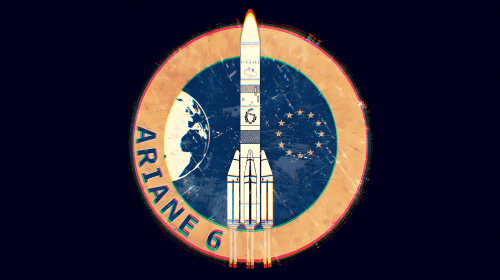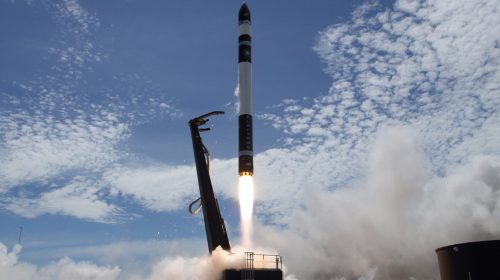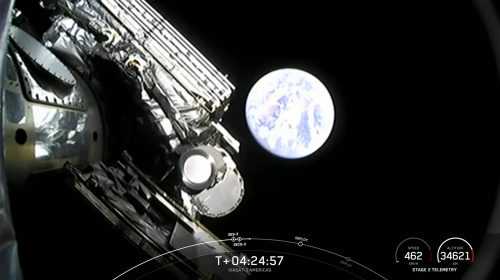Analysis of Rocket Lab’s Strategies in SmallSat Launch Market
Apr 26, 2025
Rocket Lab has successfully carved out a niche in providing dedicated launches for small satellites, according to CEO Peter Beck. Beck stressed in an interview that SpaceX’s rideshare missions are not in direct competition with this strategy, as they cater to different customers with distinct operational requirements and deployment priorities. He was equally adamant that dedicated small launches really constituted a separate segment of the market, being very different from the ridesharing approach.
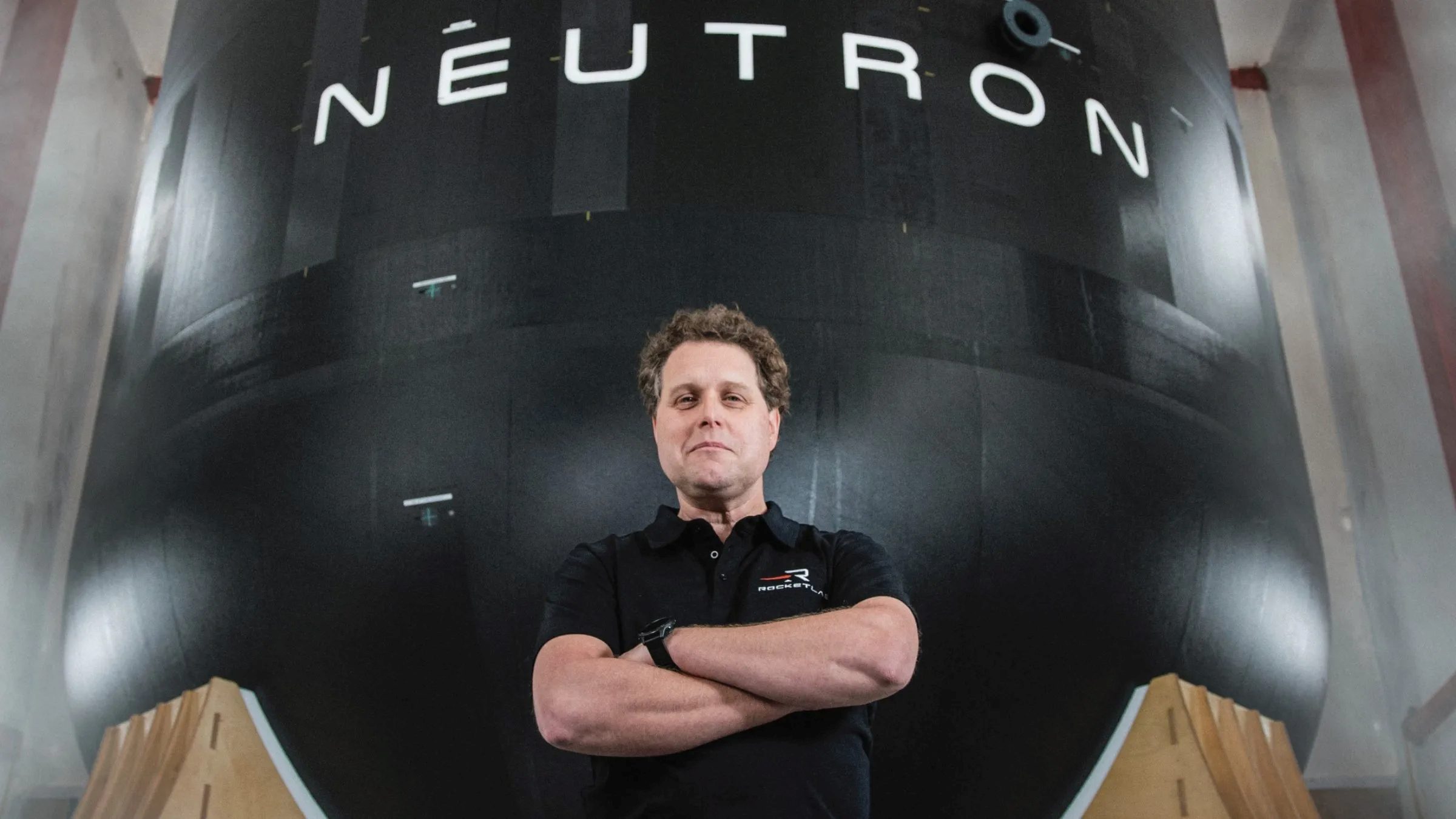 Rocket Lab CEO Peter Beck in front of the Neutron rocket prototype. Credit: Google
Rocket Lab CEO Peter Beck in front of the Neutron rocket prototype. Credit: Google
Clients are increasingly requesting Electron rockets from the company in order to gain a greater degree of control over when and how they reach their desired orbit, which is something that dedicated launches provide over rideshare options. Customers include Kinéis, a French firm behind its twenty-five Internet of Things satellites deployed across five Electron missions, and Japanese radar mapping companies iQPS and Synspective. He notes that many customers initially charter SpaceX’s Transporter services, but then return to book the entire constellation deployment with Rocket Lab, especially after experiencing scheduling and orbital flexibility limitations, suggesting an orchestrated journey in satellite deployment planning that leads to dedicated launches for holistic constellation management.
Competitive Landscape and Market Dynamics
Beck dismissed the explanation that other small launch vehicle companies have offered, that they were struggling because SpaceX was too competitively priced. According to him, for such operations to succeed, business planning, product offering and engineering capabilities have to be aligned perfectly. Rocket Lab’s CEO also said that while analysts tend to focus on which of the launch companies are the cheapest, emerging launch companies need to develop sustainable cost structures and find specific segments of customers that have unmet needs because this is how companies succeed in this market. A strategic differentiation approach has been essential in a market where large competitors enjoy significant economies of scale and established infrastructure. Beck found that when looking at companies that have failed in this space, one of the three critical factors was out of alignment, meaning that to blame external competition alone oversimplifies the challenges of small launch and distracts from the basic business principles needed to survive.
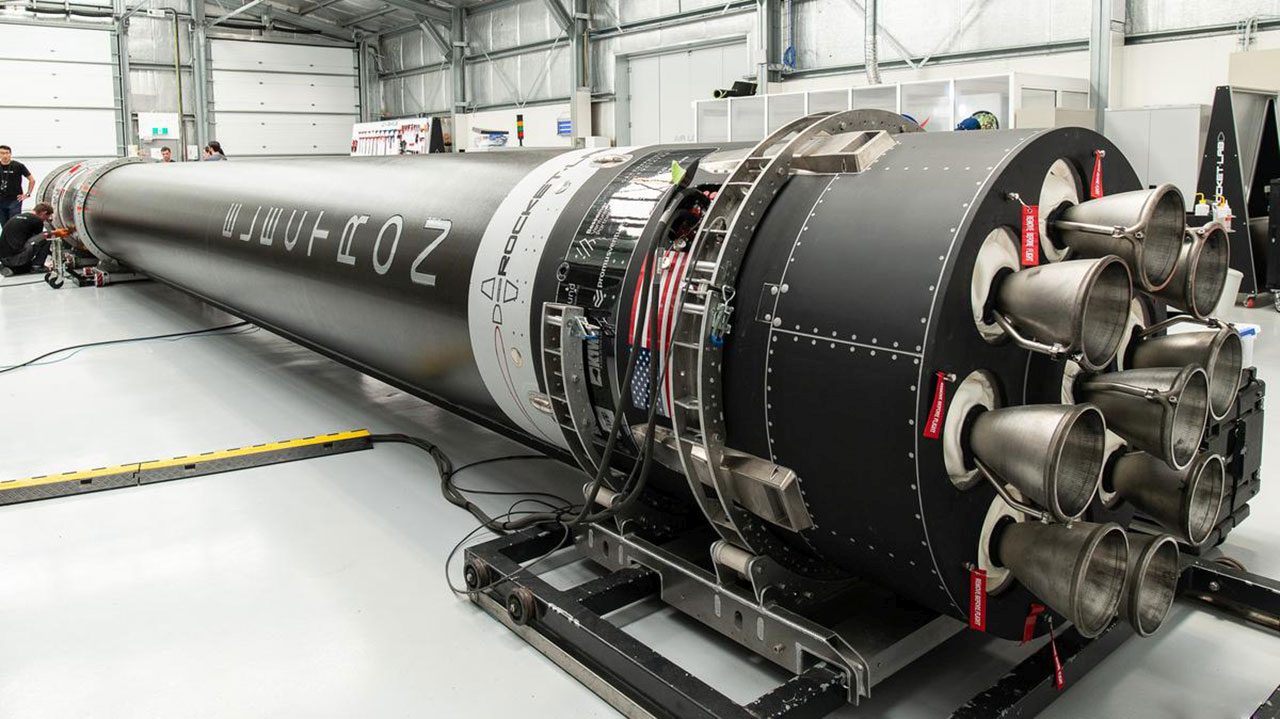 Rocket Lab’s Electron rocket. Credit: Rocket Lab
Rocket Lab’s Electron rocket. Credit: Rocket Lab
Rocket Lab has expressed confidence that there is enough market demand for multiple small launch companies beyond itself. However, he questioned whether any new vehicle could challenge head-to-head the Electron rocket that can place payloads of up to several hundred kilograms in orbit. Even if it saved them a million dollars on an eight-million-dollar launch, he argued that potential customers would be unlikely to gamble their payloads and business operations on slightly less expensive but unproven launch vehicles. Beck pointed to Electron’s established reliability, having more than sixty successful launches, which he said was a formidable barrier to entry for new competitors in this specific market segment.
European Competition and Market Positioning
Beck’s skepticism runs especially deep with respect to emerging European small launch vehicles; March’s catastrophic failure of Isar Aerospace’s Spectrum rocket is a specific example. Beck said these vehicles are directed toward an undesirable market position of trying to lift about one ton to orbit, an ineffective ‘no man’s land’ of performance capabilities. Market research indicates limited customer demand in this specific payload range between the optimized capabilities of smaller dedicated launchers and larger rideshare services, Rocket Lab executive said. Despite questionable market validation, these developments continue to be funded by European space agencies, potentially creating an oversupplied segment with insufficient customer base. Such vehicles are too small to be effective rideshare missions and too big to be launched on dedicated smallsat missions, creating an awkward positioning in the market, he elaborated. This fundamental sizing problem worsens the already daunting challenges of technical development, achieving regulatory approval, and proving operational reliability for all new launch providers in today’s highly competitive environment.
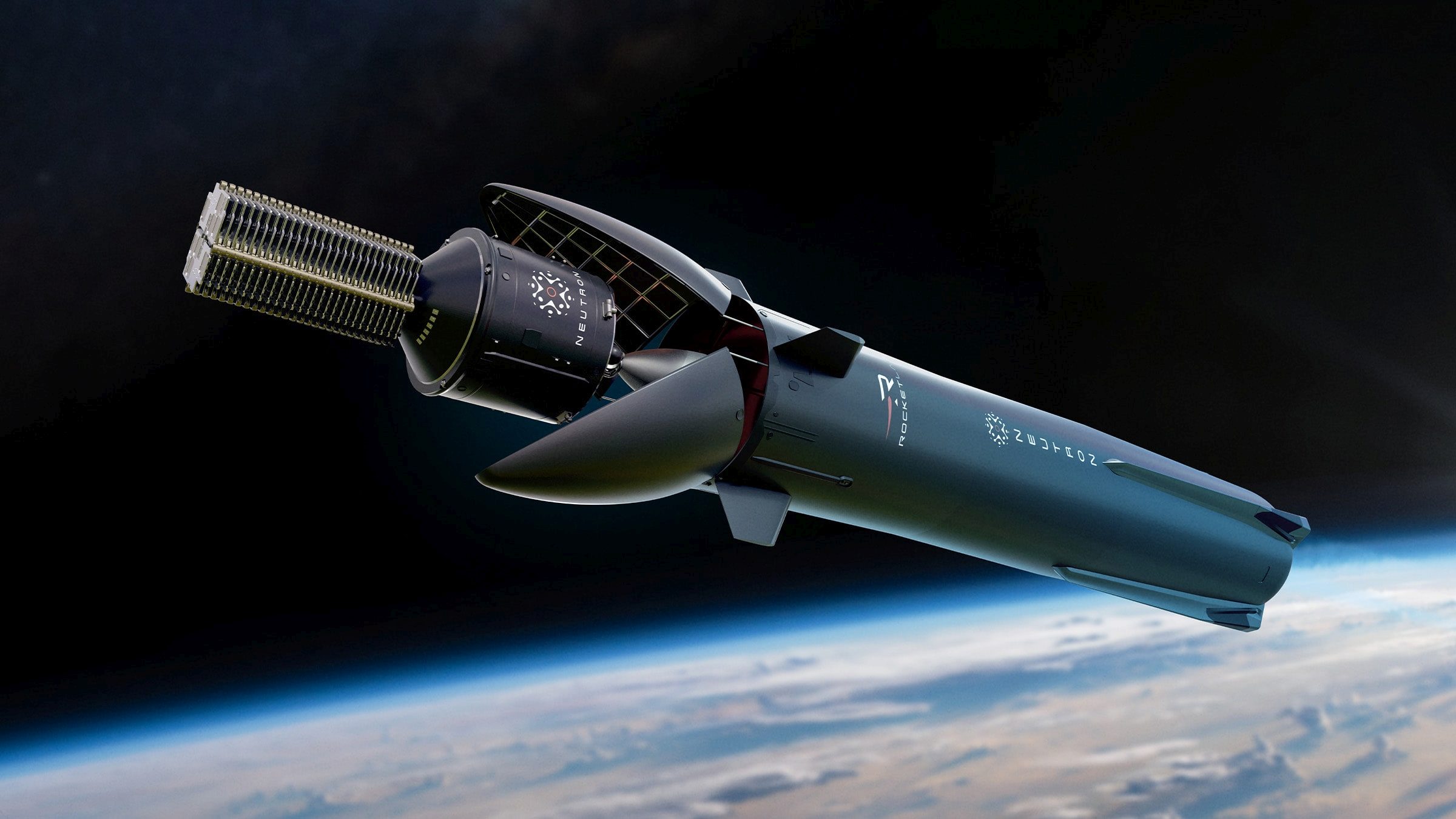 Promotional image of Rocket Lab’s Neutron rocket. Credit: Rocket Lab
Promotional image of Rocket Lab’s Neutron rocket. Credit: Rocket Lab
The CEO of Rocket Lab had a particularly pessimistic assessment of European launch startups, which he suggested would have to rely on massive government subsidies to succeed. A more complete assessment of Beck’s perspective on market dynamics shows that specialized optimization for specific payload ranges and customer needs can create sustainable business opportunities, while attempting to occupy middle ground between different market segments presents significant challenges. According to Beck’s analysis, the smallsat launch market is becoming more segmented with clearer differentiation between rideshare providers and dedicated launch specialists such as Rocket Lab, which can thrive by focusing on its specific niche rather than competing directly with larger launch providers.
Rocket Lab’s Future Developments and Strategic Expansion
Along with its Electron operations, Rocket Lab is also developing its larger Neutron rocket, which Beck said remains on schedule to launch for the first time before the end of the year. Several key upcoming milestones in the Neutron program were identified by him, including comprehensive stage testing and opening a dedicated launch facility at Wallops Island, Virginia. The company has invested substantial resources in advanced manufacturing facilities specifically tailored for Neutron’s unique requirements, clearly signifying their long-term commitment to this vehicle class. Since its reusable design could significantly reduce costs per kilogram to orbit, Neutron could disrupt existing market dynamics according to industry analysts. These developments represent significant steps in Rocket Lab’s strategic expansion beyond the small satellite market into medium-lift capabilities, potentially broadening its customer base and service offerings across commercial, scientific, and defense sectors.
The company’s strategic positioning was further validated when Rocket Lab, along with Stoke Space, was added to Lane 1 of the Space Force’s National Security Space Launch Phase 3 contract in March. The company explained that it will now work closely with the Space Force to shape and refine vehicle requirements before Neutron’s first launch, making it eligible for task orders under this prestigious contract. Beck noted that Rocket Lab’s experience with the smaller Electron vehicle has helped inform Neutron development, as larger rockets tend to be easier to build because of increased design margins. This perspective suggests that Rocket Lab’s methodical progression from smaller to larger launch vehicles represents a deliberate strategy that leverages accumulated expertise while mitigating technical and business risks associated with developing increasingly capable launch systems.

